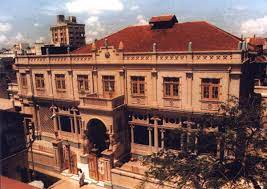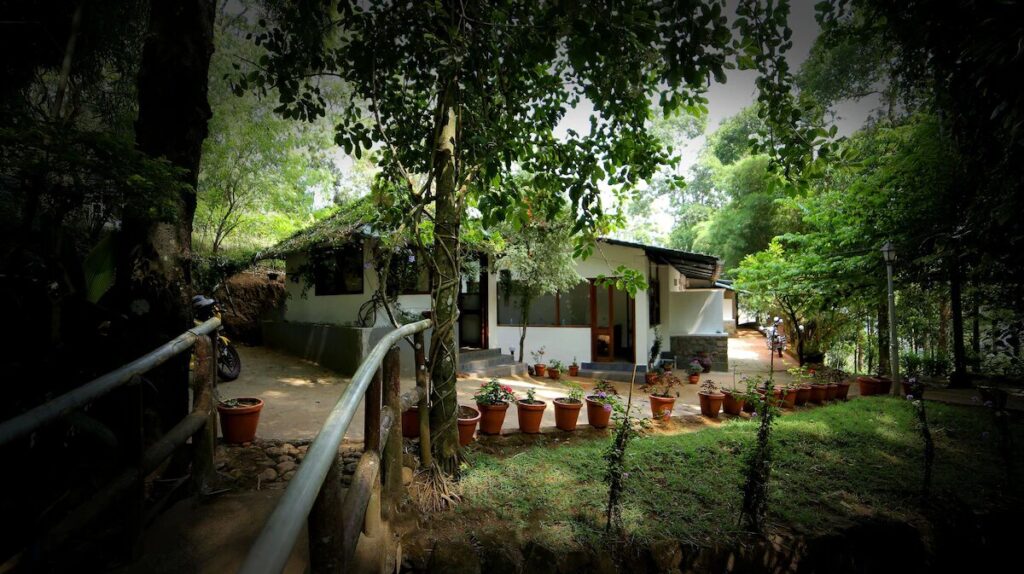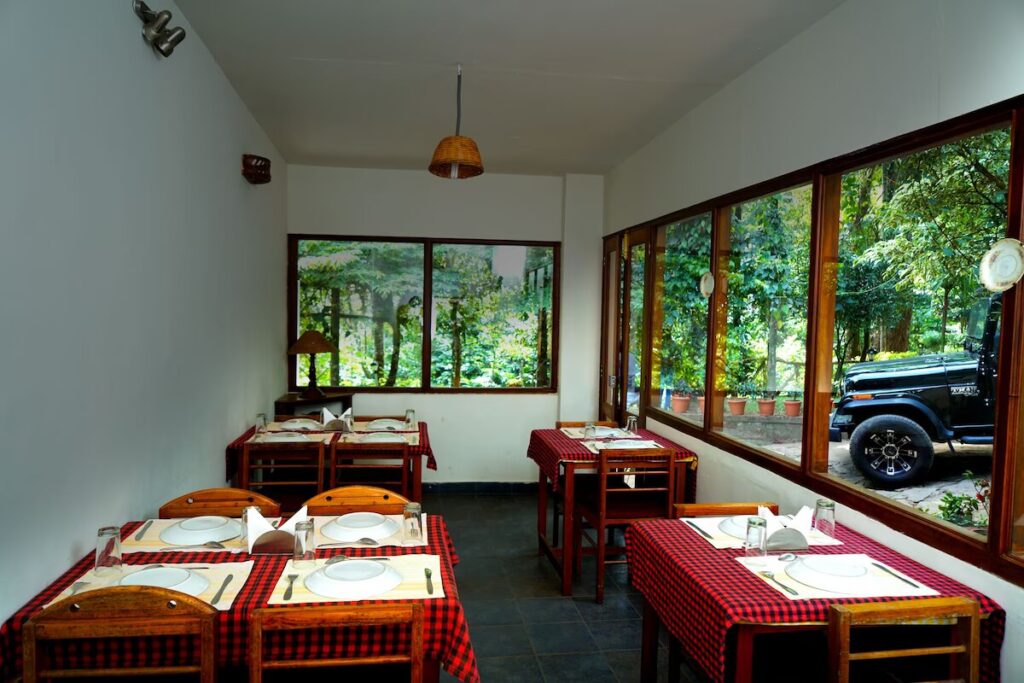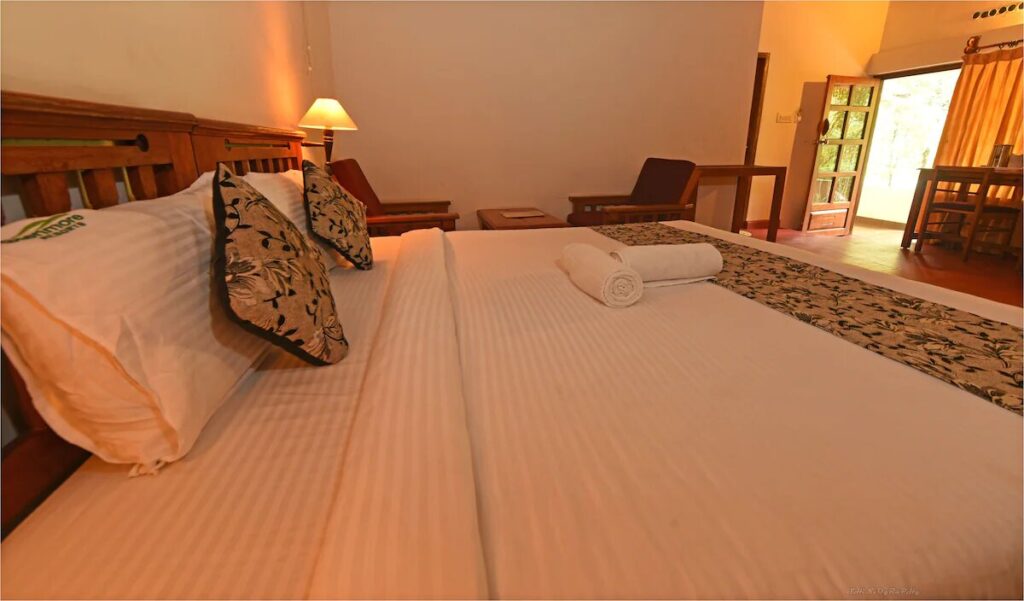Overview
The 197-year-old Seth Pestonji Vakil Kadmi Atash Behram, which is situated in Surat’s Shahpore neighborhood, is rapidly approaching its bicentennial. There are several Parsis living in Shahpore. Perhaps the only Parsi holy site in Surat with a garden is the fire temple, which is stretched out over a lovely space. The locals have a great deal of faith in it. Numerous ceremonies, weddings, navjotes, jashans, feasts, talks, religious classes, and uthamnas take place there. Hoshi Malegam, Hormuzdiar Patel, Nozer Variava, and Behzad Kharas serve as the fire temple.
Seth Pestonji Kalabhai Vakil was a well-known attorney in the past. He had wished that he would start a Kadmi Atash Behram after he recovered after contracting a major illness. Pestonji Vakil was sued in 1819 by the Wadias and Modis to prevent him from erecting a Kadmi Atash Behram. The Court ruled in Pestonji Vakil’s favor in 1822.
Thus, on December 5, 1823, Roz Ardibehest, Mah Khordad, 1193 A.Y., at Shahpore, Surat, the Atash Behram was founded. Dasturji Sorabji Jamshedji Nalladaru, a learned and devout dastur, and Dasturji Sorabji Rustamji Kumana conducted the consecration rituals. The first buoi was given the honorary performance by Sorabji Nalladaru.
It’s important to notice that lightning had struck a tree in Surat during the court case. The lightning-induced fire was gathered and used to build the Atash Behram after receiving authorization from the court. The Atash Behram structure underwent a Rs. 40,000 renovation on November 11th, 1923, and a new hall for weddings and navjotes was constructed.
The Atash Behram is a delightful building with a calm and understated aspect reminiscent of Gujarati household architecture. Ervad Homi Ardeshir Behramkamdin, Ervad Zubin Percy Dalal, Ervad Adil Dastoor, and Ervad Yazad Keri Engineer are boui-walla sahebs. From Surat Railway Station, where one can take an autorickshaw to the Atash Behram, it is about 3 kilometers away. 3,500 Parsis live in the area at the moment.







